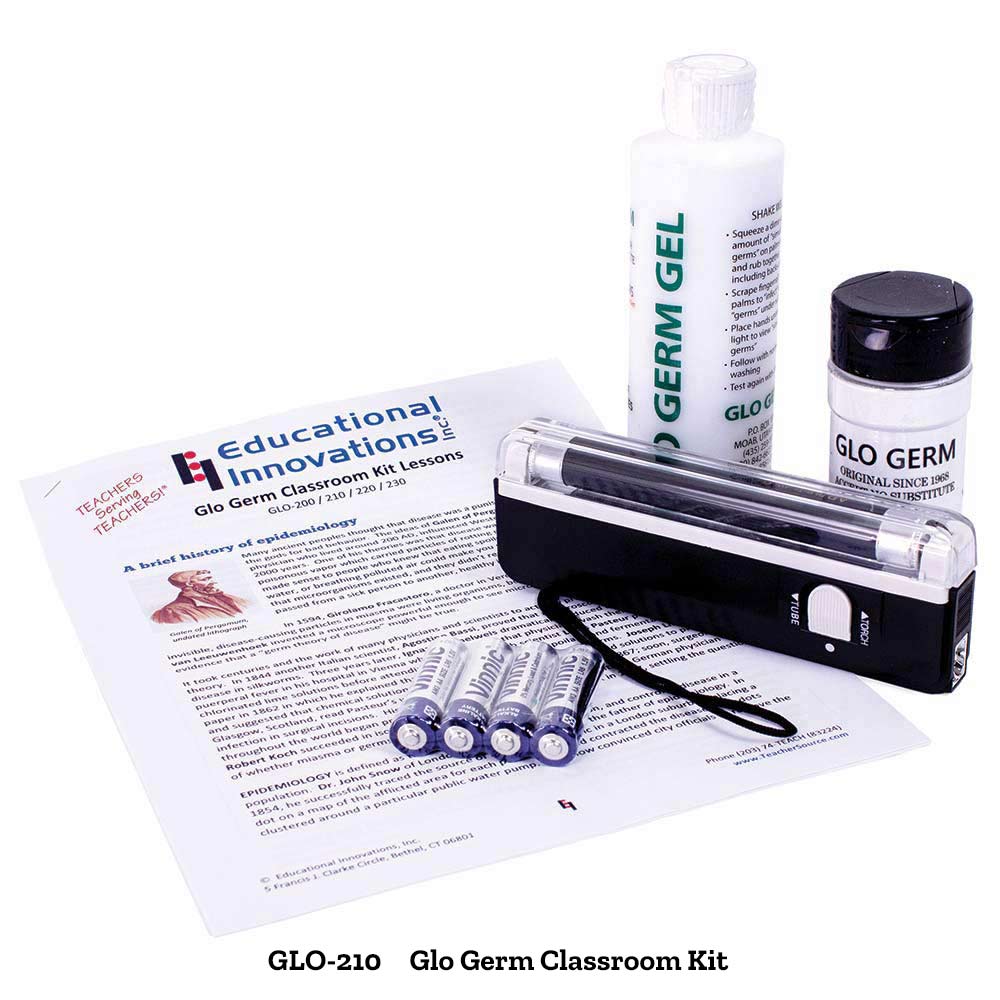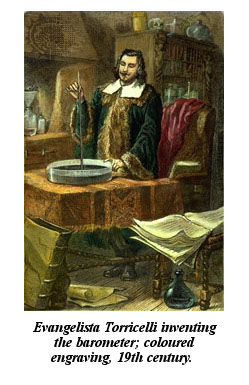 Educational Innovations’ Glo Germ demonstration kit has been a fixture in science and health classes for years. Here’s what some of our customers are saying about our Glo Germ powder, lotion and kit.
Educational Innovations’ Glo Germ demonstration kit has been a fixture in science and health classes for years. Here’s what some of our customers are saying about our Glo Germ powder, lotion and kit.
“I’ve used this with elementary through high school students. It really makes an impression! Usually it takes about 3 or 4 hand washings before they get all of the ‘germs’ off their hands and fingernails, etc. Seeing is believing!”
—Shelley in Stillwater, OK
 “I have used the same kit for years; a little goes a long way. Very good buy. I used it to teach microbiology, anatomy, and forensic science. It would be great for family and consumer science, too.”
“I have used the same kit for years; a little goes a long way. Very good buy. I used it to teach microbiology, anatomy, and forensic science. It would be great for family and consumer science, too.”
—Shelley in Stillwater, OK
“This product is amazing! I used it with my middle school students and it completely captivated them to see that even after washing there hands they still had traces of germs between their fingers and in their nails. It was a great way to start our germ unit and made them want to learn more.”
—Jennifer in Grand Junction, CO
“Great for teaching infection to high school students. Just use the powder, not the lotion. Plant some on your hands as you shake the kids’ hands or on the classroom doorknob. Then shine the light and see where it has spread.”
—Mary in Killeen, TX
“Works great under even the cheapest little UV flashlight. Really eye opening for kids when teaching how germs are spread or how ineffectively their hand washing are working. Worth the money as a little goes a long way.”
—Sharon in Plymouth, MA



 Posted by Donna Giachetti
Posted by Donna Giachetti  Germs are everywhere. We could say they’re nothing to sneeze at, but that would be a pretty lame joke.
Germs are everywhere. We could say they’re nothing to sneeze at, but that would be a pretty lame joke. Whether it’s the Ebola virus or more commonplace “bugs,” we often hear about germs in the news. Check out this selection of noteworthy news items.
Whether it’s the Ebola virus or more commonplace “bugs,” we often hear about germs in the news. Check out this selection of noteworthy news items.

 by: Priscilla Robinson
by: Priscilla Robinson